Yellow hawkweed identification and control
Hieracium caespitosum
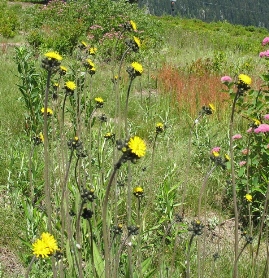
Although this hawkweed resembles a common dandelion, it is much more invasive and difficult to control, especially in remote mountain meadows and wilderness areas. This European species, also known as meadow hawkweed, is a fairly recent introduction into Washington State, but has already spread over large areas in the northwest and is spreading into the rest of the state as well. Because it spreads by creeping roots as well as seed, it tends to form large monocultures that can suppress grasses and other plants needed as forage by wildlife and range animals.
Legal status in King County, Washington
Yellow hawkweed, on the state list since before 1988, is a Class B Noxious Weed in Washington in the group of hawkweeds known as meadow hawkweeds (in the subgenus Pilosella). Meadow hawkweeds are designated for required control in King County by the Washington State Noxious Weed Control Board and as a group are on the list of of Regulated Class B Noxious Weeds in King County. Public and private landowners are required to control infestations of yellow hawkweed on their property in King County.
Yellow hawkweed is also on the Washington quarantine list (known as the prohibited plants list) and it is prohibited to transport, buy, sell, offer for sale, or to distribute plants or plant parts, seeds in packets, blends or "wildflower mixes" of this species, into or within the state of Washington.
For more information on noxious weed regulations and definitions, see Noxious weed lists and laws.
Identification and biology
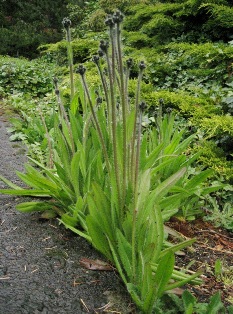
Yellow hawkweed has clusters of many small, yellow dandelion-like flower heads on top of mostly leafless stems. The erect, bristly stems can grow up to 3 feet tall, each topped by 5 to 30 bright yellow flower heads in a compact, flat-topped cluster. Each plant produces 10 to 30 flower stems. Flowers in bud are distinctively rounded and black-hairy in tight clusters at the tops of the stems.
The leaves are long and narrow, up to six inches long, not lobed, somewhat hairy on both sides, and form a basal rosette. There are also usually one or two small leaves on the stem. The entire plant contains a milky juice. Yellow hawkweed has a shallow root system and underground creeping stems called rhizomes. New plants can arise from buds on the rhizomes and plants can develop several creeping stems (like strawberries) that are also capable of producing new plants.
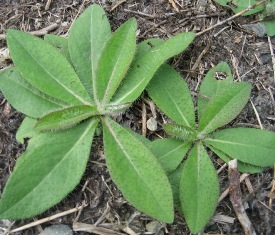
Yellow hawkweed is a perennial and spreads by seeds, stolons and rhizomes. It flowers from mid-May to July and usually sets seed by August. Yellow hawkweed thrives in disturbed areas such as roadsides, gravel pits and pastures. It can also invade meadows and forested areas and is well-adapted to life at higher elevations. Usually found in sunny areas, it is somewhat shade tolerant.
Hawkweed identification can be difficult and often requires technical details such as hair types. Also, hybridization between species can make it even more confusing. For a positive identification, you should consult a technical flora on hawkweeds or contact the noxious weed program.
Additional information on yellow hawkweed (meadow hawkweed)
- Orange and Yellow Hawkweed King County Noxious Weed Alert (1.77 MB Acrobat file)
- Hawkweed Best Management Practices (82 KB Acrobat file)
- University of Washington Burke Museum Herbarium (external link)
- Washington State Noxious Weed Control Board (external link)
- Idaho Weed Awareness meadow hawkweed information (external link)
- Invasive and exotic species meadow hawkweed information (external link)
What to do if you find this plant in King County, Washington
Please notify us if you see yellow hawkweed growing in King County. Our program staff can provide the property owner or appropriate public agency with site-specific advice on how best to remove it. Also, because yellow hawkweed is not established in King County, we have an opportunity to stop it from spreading if we act quickly. We map all known locations of regulated noxious weeds such as yellow hawkweed in order to help us and others locate new infestations in time to control them.
Yellow hawkweed photos
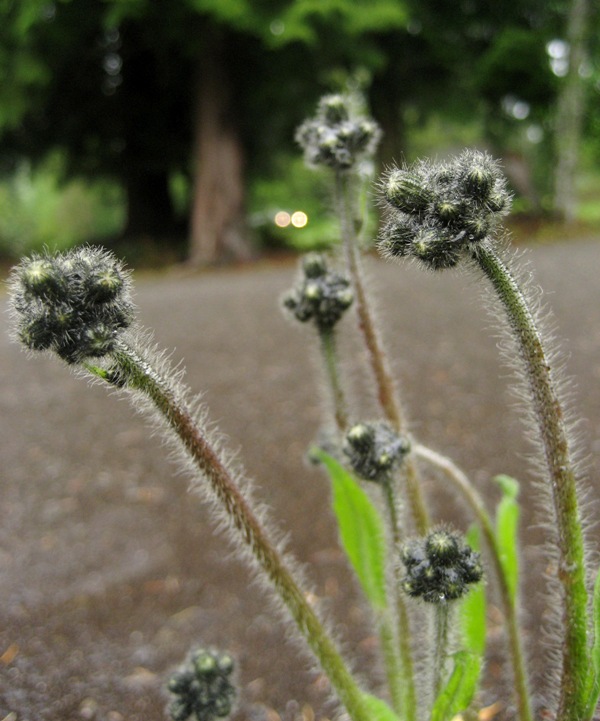
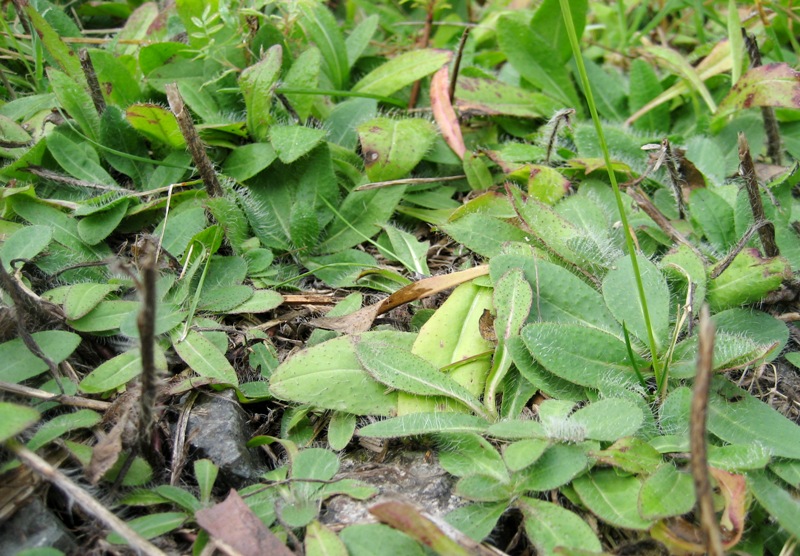
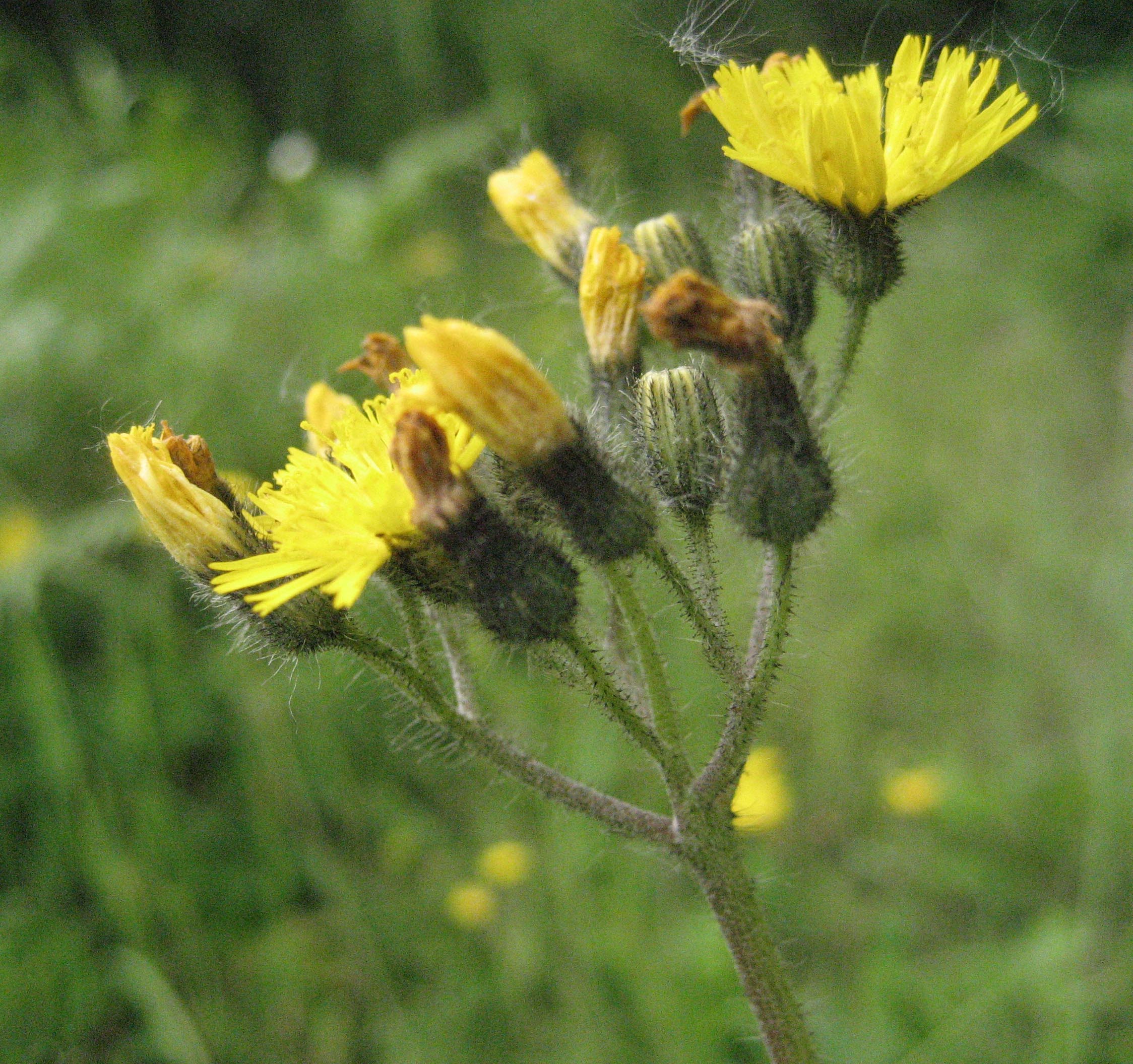
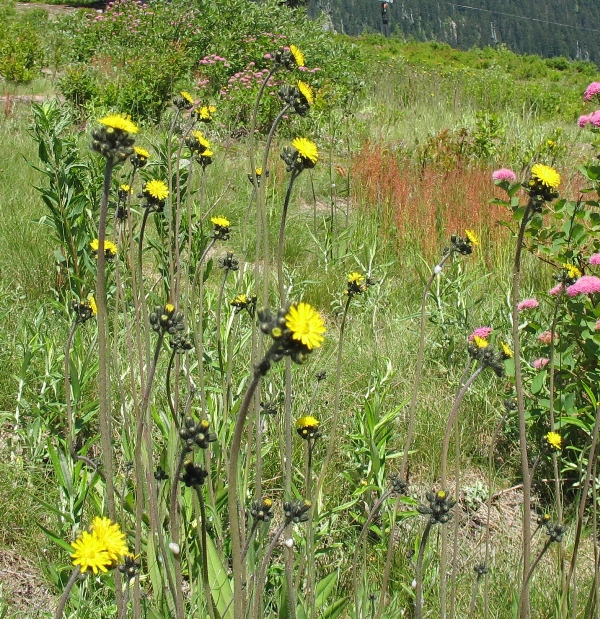
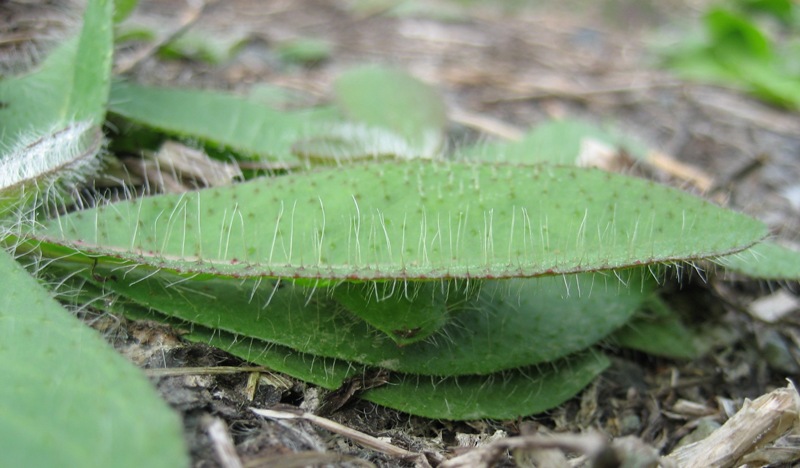
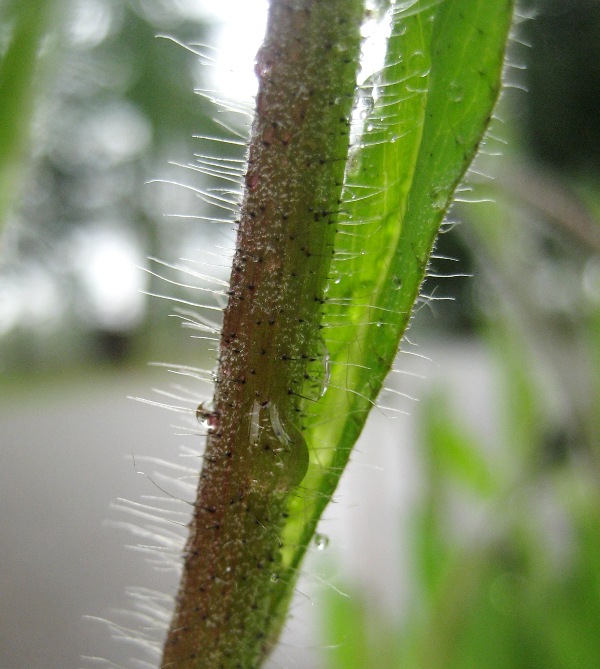
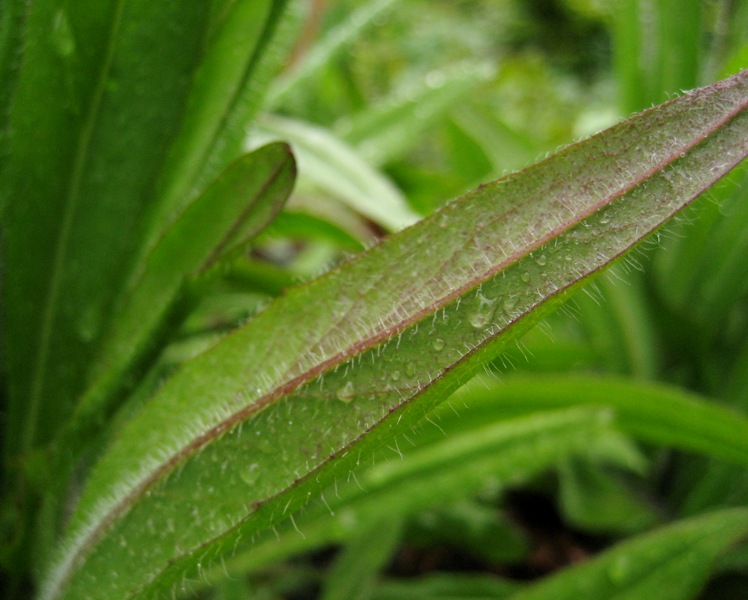
Report yellow hawkweed in King County, Washington
- Please notify us through our online infestation form
Locate yellow hawkweed in King County, Washington
- Use our interactive noxious weed map and search
for yellow hawkweed
Related information
Related agencies
Program offices are located at 201 S. Jackson St., Suite 600, Seattle, WA 98104. To contact staff, see the Noxious Weed Control Program Directory, send an email, or call 206-477-WEED (206-477-9333).

 Translate
Translate